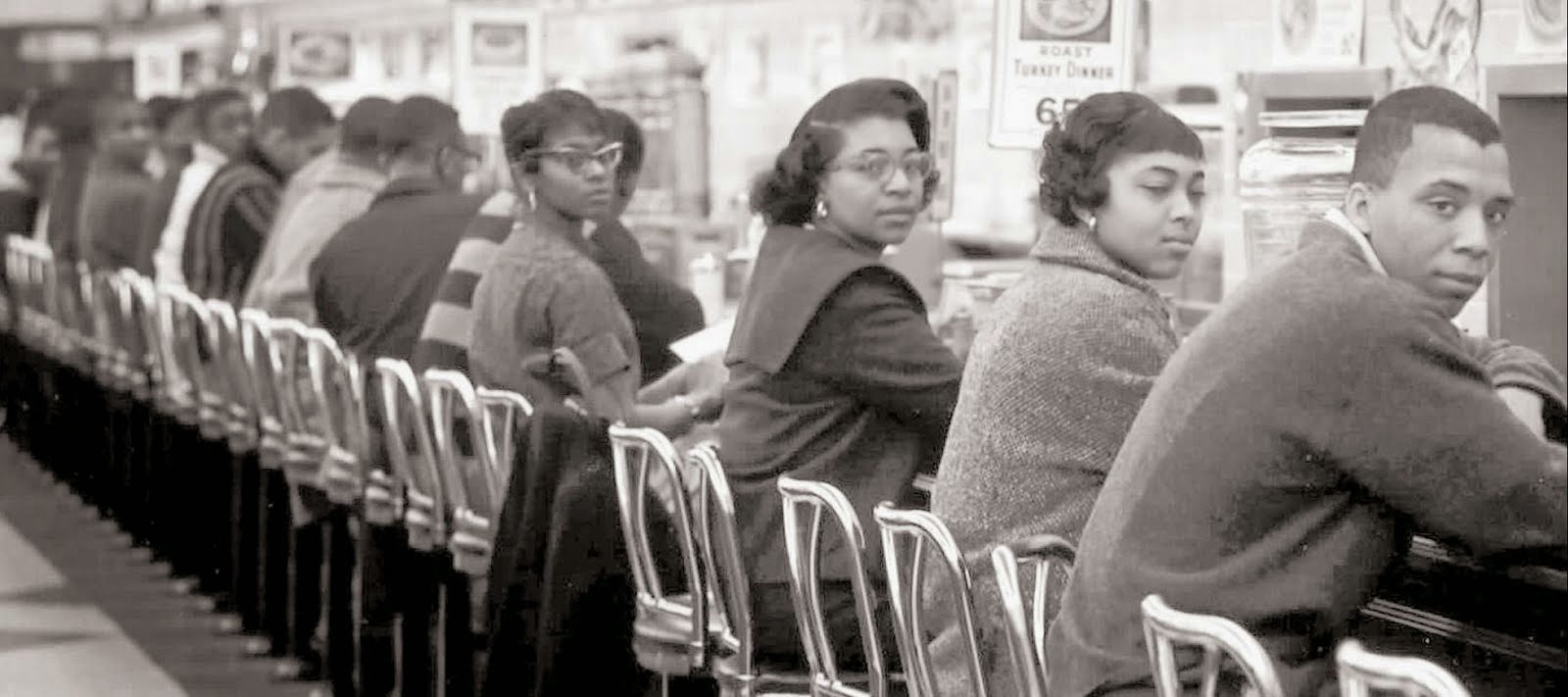Recently I read this
article entitled “I am racist, and so are you” and in its first couple lines
the author, writes, “Here’s the deal. Racism isn’t just guys in white robes and
Paula Dean shouting racial slurs. Racism is subtle, racism is insidious, and
our culture is so deeply steeped in it that it’s impossible to grow up in the
US and not be racist. It’s a kind of brainwashing: a set of default
configuration files that come with the culture. It’s a filter, built up from birth,
that alters our perception of the world.” I believe the way that Shadoan
describes racism is particularly apt. She very correctly describes its
dichotomic nature as both a conspicuous and ever present accessory of American
culture as well as a surreptitious and poisonous entity that continually and permeates
our minds, or rather our subconscious, unnoticed.
The latter character of
racism is what Shadoan talks about in this article and this is what I would
like to discuss. Shadoan points out that racism is “a filter built up from
birth, that alters our perception of the world.” Is this true? And if so, why
is it true? Why are our perceptions in this so- called post racial America obscured
and tainted by racism? This filter as
Shadoan calls it is not chosen by us but ingrained in us by an American culture
cultivated and shaped by its history, a history in which black bodies were
brutally oppressed, terrorized and carelessly eradicated for centuries in the institution of slavery and where black
and white bodies were segregated for many more years after that.
These two parts of
American history---slavery and segregation--- are the reasons that, we,
individuals born and raised in American society, have this racist filter. This
seed was planted in slavery, tended and watered during segregation, and now
blooms in today’s society. I say that it began in slavery because it was there
that black men and women first became designated as “other.” They, with the
darker skin and kinky hair became less than their white counterparts simply
because they were different. They who once ruled their own lands became the
oppressed and down trodden. With this new condition of life that was forced
upon them in the New World, they became destitute and dependent on their white
counterparts, shut off from the outside world and therefore ignorant of how it
works, and reduced to the status of animal and therefore, deprived of all human
rights and liberties. After emancipation, when they had suddenly been given all
of the rights and privileges they had previously been denied, the effects of
slavery still remained. They had not the knowledge to survive in an ever
progressing America and so were once again left prey to their white
counterparts. Their lack of education and know-how left them as they had been
before destitute, ignorant, and dependent.
This image of African
Americans--- destitute, ignorant, dependent--- persisted in the days of
segregation. In fact, the stipulations of segregation strengthened this image.
As we have discussed in class, segregation mandated that blacks and whites be
separated in all manner of things, schools, buses, bathrooms, parks, swimming
pool etc. This separation allowed these groups to dream up false truths about
one another and forced them both to rely on popular myth about the other race rather
than fact, hence the origin of stereotypes. Around this time, added to the
image of the African American besides that of destitute, ignorant, and
dependent, was that of the aggressive black man and the jezebel black woman.
The former used as an excuse to brutally
murder the black man in the name of white womanhood and the latter used as a
justification for the rape of black women. Though these images were untrue,
whites, during the time of segregation, held on to them as fact because it was their
only source of information in regards to the black race. They had not yet been
granted the opportunity to speak with an African American on more than
subordinate terms.
Although today, it is
most certainly not unusual to see whites and blacks converse together, work
together, play together, learn together, etc
the effects of slavery and segregation still remain. Its damage is done.
Although a white girl talks and is friends with a black young man, she still
tenses up and gets nervous when she passes another black man on the street.
Although, I, a young African-American woman attend Rhodes college and receive
the same education that all of my white classmates do, I am assumed to be on the
custodial staff here by the white bookstore cashier. Although, I, a young
African American woman work just as hard
or possibly harder than my white counterparts, I know that oftentimes I will be
judged by the color of my skin and the stereotypes that have so long
accompanied it rather than by my accomplishments and the things I have done to
defy those stereotypes. And although, a
young man named Michael Brown had no weapon on his person, he was still deemed
dangerous enough to shoot to death.
The implications of these
statements are very bleak. If our perceptions of one another are still so
subconsciously tainted by racism that we cannot see one another clearly even
when allowed to interact on a day to day basis, will racism ever be cured? Or will it ever remain just beneath the
surface occasionally breaking free in hostile and violent ways (a.k.a Mike
Brown, Renisha McBride, Treyvon Martin etc.)?
Resources:
